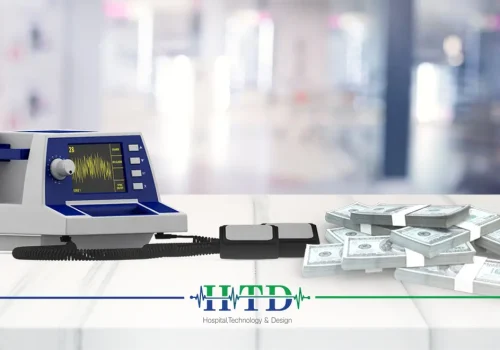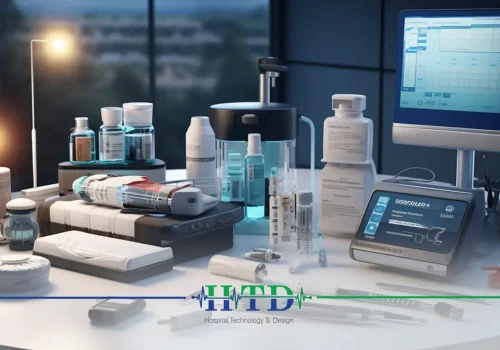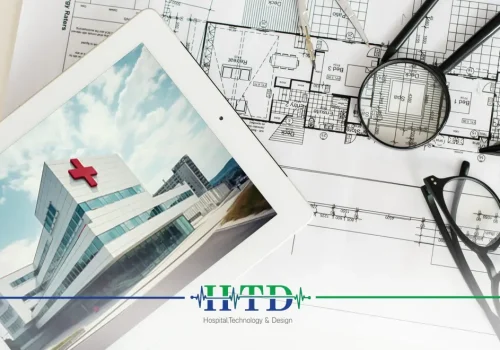Hospital design is a complex challenge that requires attention to detail and innovation in solutions. This article will take us on an exploratory journey to explore the importance of hospital design and its impact on patients and staff alike. We will also discuss the range of services provided by HTD, and the things that make it stand out from other companies.
What is the importance of hospital design?
The interior and exterior design of hospitals is of great importance in achieving a healthy and safe environment for healthcare. Among the matters that highlight the importance of the interior and exterior design of hospitals, we mention the following:
The importance of interior design for hospitals:
- Improving patient comfort: The interior design works to provide a comfortable and encouraging environment for patients. This includes providing appropriate room and suite designs that provide privacy and comfort for patients, and good design helps relieve stress.
- Facilitating health care operations: The layout of the hospital interior design facilitates health care operations and achieves the smooth flow of patients and medical teams. In addition, it provides wide corridors and appropriate facilities to improve mobility and facilitate access to medical devices and other facilities.
- Providing adequate medical equipment: Good hospital design meets the needs of medical equipment and provides the necessary equipment for diagnosis and treatment. This is done by providing suitable spaces for medical devices, medical analysis laboratories, surgical suites, operating rooms and other medical facilities.
The important standards that must be taken into account when
designing hospital
The most important criteria that must be taken into account when designing hospitals can be divided into:
Functional:
- Efficiency of workflow: Designing hospitals in a way that facilitates the movement of patients and employees and improves the efficiency of workflow.
- Medical specialties: The hospital is designed to meet the needs of all medical specialties within it.
- Expansion: Hospitals must be designed to be expandable in the future to meet the growing needs of the community.
- Privacy: Adopting a design that takes into account patient privacy and comfort
Technique:
- Engineering systems: The hospital must be designed with advanced engineering systems that ensure the safety of patients and employees and the efficiency of the hospital’s work.
- Materials and construction: High-quality building materials must be used to ensure the safety of the building and ease of cleaning.
- Medical technologies: Hospital design must be taken into account so that it can accommodate the latest medical technologies.
Environmental:
- It is preferable to adopt a design that reduces energy and water consumption and preserves the environment.
- One of the most important criteria for hospital design is to reduce the risk of infection and preserve the health of patients and staff.
- Make sure to include green spaces that improve air quality and provide a natural environment for patients.
Hospital design stages
Hospital design consists of several interconnected stages aimed at creating an effective and integrated health environment. This hard work combines several stages, starting with the analysis and strategic planning stage, in which the hospital’s needs and strategic goals are determined. Several analytical studies are conducted to determine the required space, medical and technological evaluation, and infrastructure, and on this basis, the appropriate location for the hospital is chosen. Then comes architectural design, where needs and goals are transformed into tangible visualizations of the building. Departments, rooms, corridors and entrances are designed in a way that enhances efficiency, safety and comfort for patients and staff.
After that, the focus is on mechanical and electrical engineering design, where systems related to ventilation, air conditioning, energy management, water and sanitation are planned and designed. This design aims to ensure a comfortable and safe healthy environment for patients and workers in the hospital. Finally, comes the implementation stage, where the plans and designs are transformed into reality by building the hospital and installing the necessary systems and equipment. This stage includes project management and coordination between many different teams to ensure a smooth and successful implementation of the project.
In conclusion, hospital design is an integrated science that affects all aspects of hospital work. By designing hospitals appropriately, the quality of healthcare can be improved and the level of performance in the medical sector can be increased. In this context, HTD provides its specialized services in designing hospitals with high professionalism and efficiency. Through its cooperation with medical teams and professional architects, HTD provides innovative solutions that combine quality, effectiveness and comfort, so do not hesitate to contact us to get a design that exceeds your expectations.





